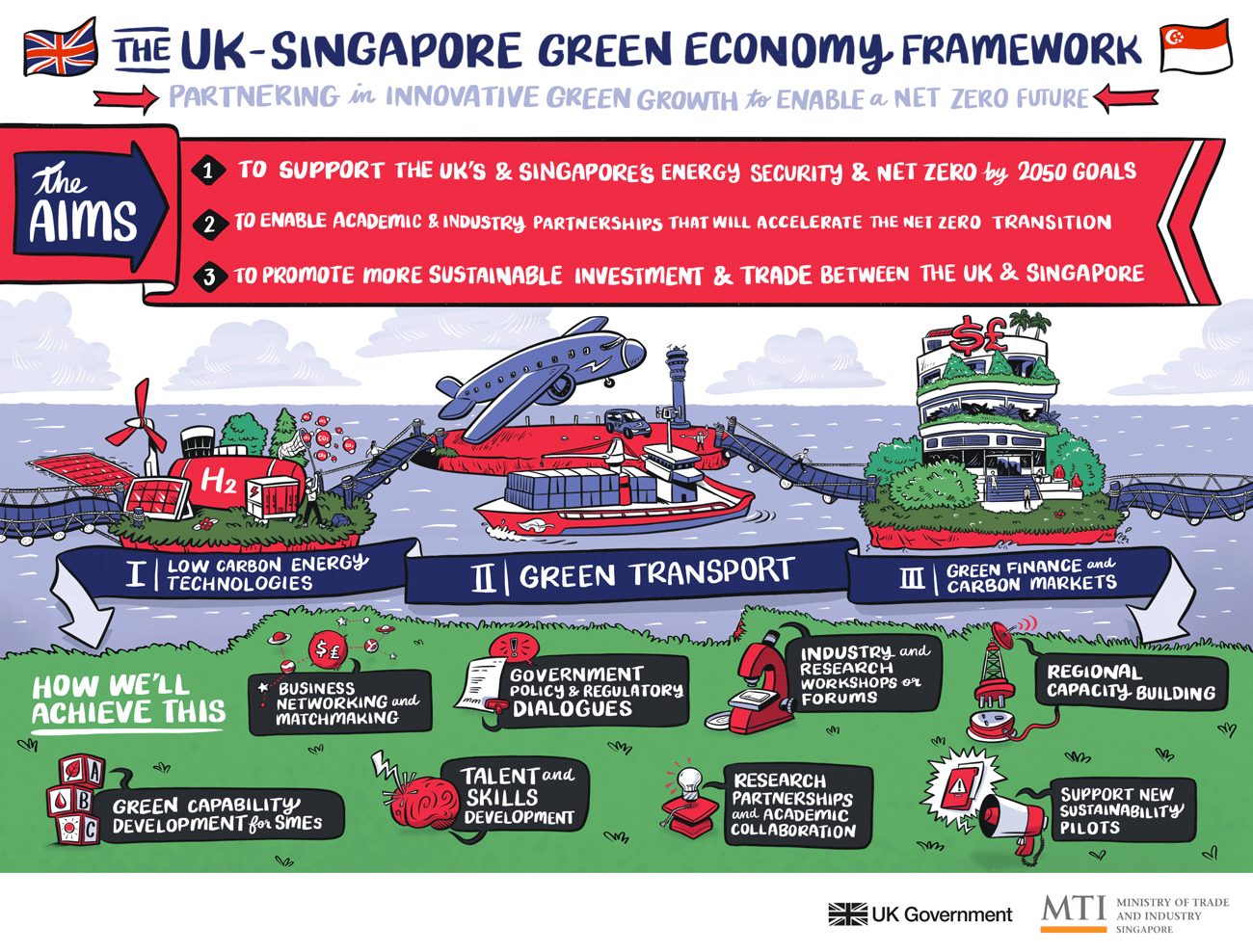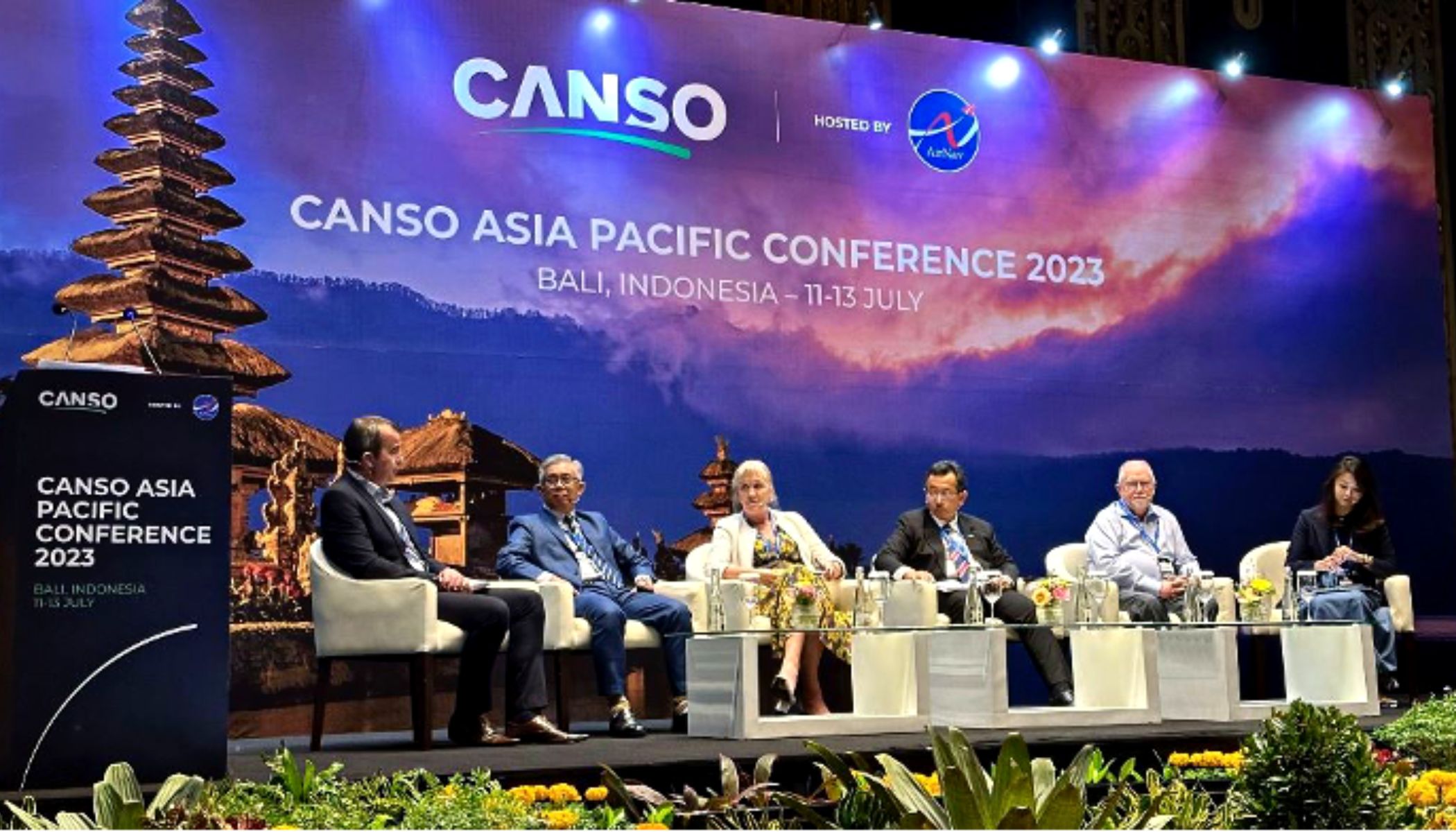Like other skilled industries though, the aviation sector is suffering from constraints on resource. It’s not an insurmountable issue in the short term, but possibly a delaying factor towards complete recovery and may also be indicative of how our industry is perceived today. If this is the case, how do we regain that ‘buzz’ which has given me so much job satisfaction over the last 25 years and enable sustainable mass recruitment of talent once again? Are we doing enough to establish innovative ways in which to attract and develop our future aviation generation?
Aviation has an awe-inspiring ability to connect people and has transformed the way we live, work, and explore our planet. But we shouldn’t rest on past achievements; instead, we must continue pushing the boundaries of what is possible. Through attracting the best talent we will unlock the future of aviation, ensuring a safer, more efficient, and sustainable industry for generations to come.
Part of that means creating a stronger emphasis on ensuring fair and inclusive recruitment and that we consider the impact of unconscious bias. For example, around 1% of applicants who apply to become an Air Traffic Controller make it through to qualify. By embracing a mindset of curiosity and diversity, investing and nurturing a culture of continuous learning we will unlock the full talent potential. The solutions to this problem are not new, they just require ownership. We must encourage our industry leaders, engineers, researchers, and entrepreneurs to think beyond the confines of what has been done before. It’s through audacity that we’ll discover ground-breaking solutions to the problems which lie ahead.
I had the privilege of attending a Roundtable Meeting at the British High Commission in Singapore in May. It hosted multiple academic and industry representatives from both the UK and Singapore as part of the Green Economy Framework. This state-to-state agreement is designed to foster, promote and enable an environment for our two nations to drive change and to support the UK’s & Singapore’s Net Zero Targets by 2050.
For our industry specifically, that means creating a sustainable future for airports and aviation, however in order to achieve these targets, changes need to happen now and this may need different skillsets or perspectives within our organisations in order to rapidly achieve this. That said, Asia Pacific states in general operate some the most modern fleets in the world, which in itself enables a great foundation towards the reduction in carbon footprint and ability to fly more fuel-efficient routes, often lower than a lot of its neighbours in Europe and the USA, where they typically use older legacy aircraft.

Innovation has always been the driving force behind aviation's remarkable progress. From the pioneering days of the Wright brothers to the monumental leaps in technology that brought us supersonic flight, digital towers, time and satellite-based separation standards. But are we doing enough?
Just recently I was invited to moderate a panel discussion at the CANSO APAC Conference on how the industry can enable an environment for fostering culture and talent development for innovation. I had the privilege of having industry experts from across the region on this incredible topical subject and the role Air Navigation Service Providers (ANSPs), Regulators, technology providers and airlines need to play to ensure the industry has the right environment to not be left behind by others.

Is a lack of competition for ANSPs also a factor in the lower innovation drive in our sector? NATS is in an almost unique position where it isn’t a fully government owned and this in itself allows us space to think in a slightly different way. With half of the organisation owned by airlines, we very quickly adopted an approach which embraced customer challenges and a focus towards their priorities. This focus brought about a different way of thinking and generated environmental fuel saving targets over 15 years ago, the inception of the award-winning 3Di metric and the creation of an Intelligent Approach Time-Based Separation tool for Heathrow Airport.
The use of Highly Autonomous Vehicles, or flying taxis and drones, has a huge market in the Asia Pacific region. In fact, Singapore topped KPMG’s latest Autonomous Vehicles Readiness Index in 2020, reflecting the city-state’s public acceptance, policy, and legislation efforts to encourage the use of AVs. In Japan, the government recently announced plans to have highly automated vehicles running in selected regions by the end of this year. The emergence of Advanced Air Mobility (AAM) will rapidly force a change on traditional Air Navigation Services. If a display of 1,000 drones can currently perform an incredible light show with perfect synchronicity, what’s the role and competency requirements of an Air Traffic Controller of the future 10, 20 or 50 years from now?
Finally, it's an exciting time to live and work in Asia Pacific, witnessing post-pandemic recovery sometimes in a very different way to my colleagues elsewhere in the world. Although recovery in the region has lagged and there will be challenges ahead, we should be very optimistic about the opportunity to make positive change and ‘Bring Back the Buzz’ into our industry once again.